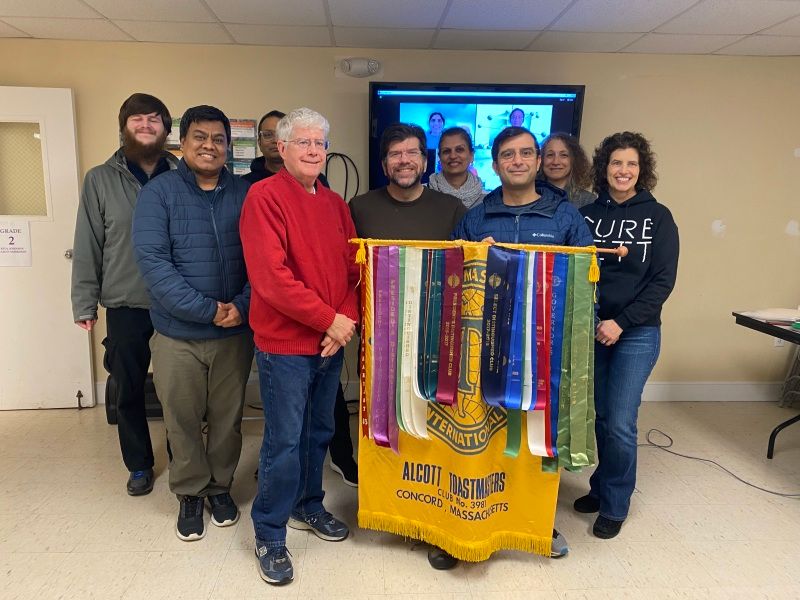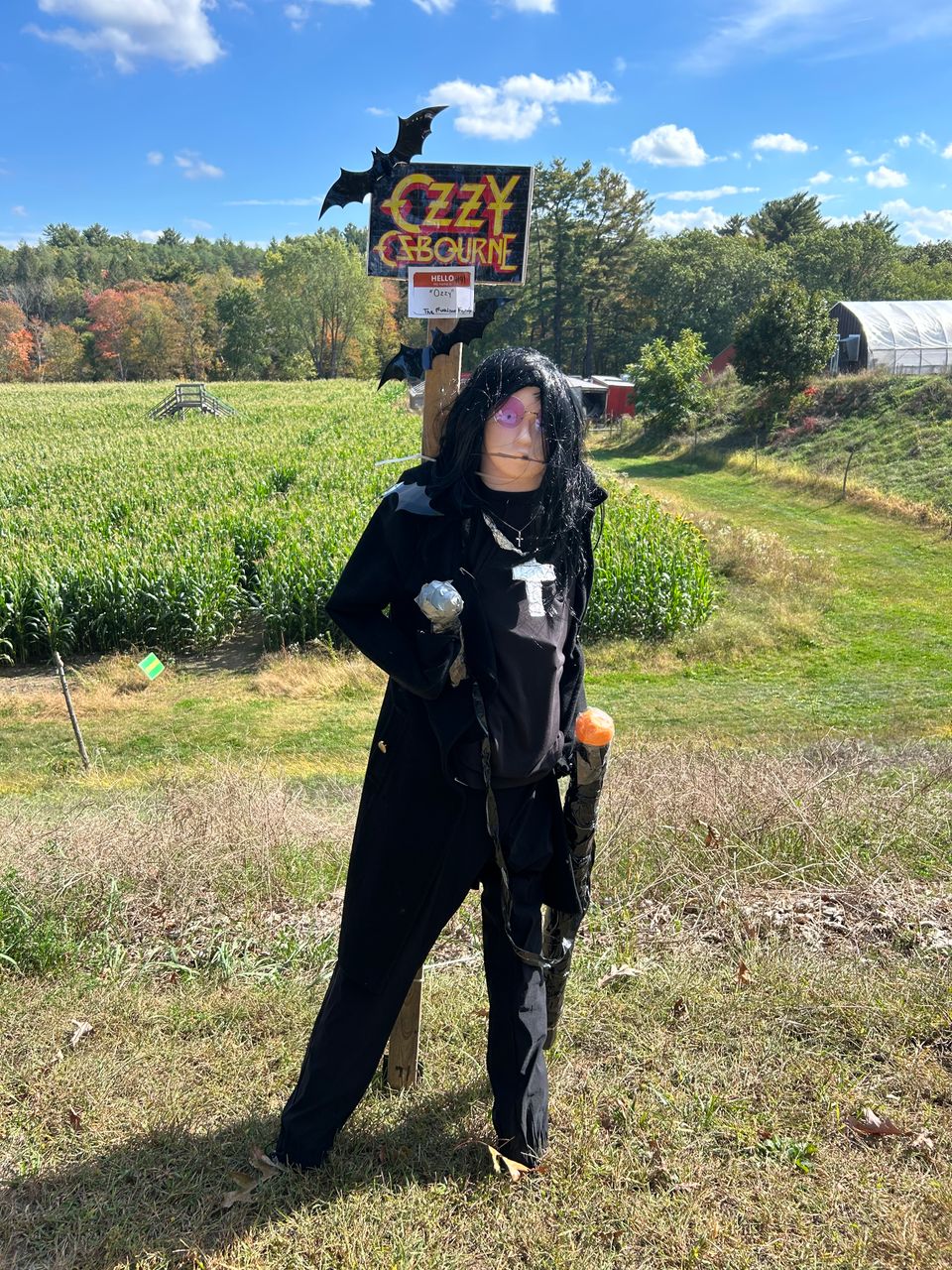How Open Table Food Pantry is Dealing with SNAP Disappearance
Dear Open Table Community,
As the government shutdown continues, over 41,000 households in our service area stand to lose their SNAP benefits in the coming days. For some, this loss comes on top of month-long furloughs and work without pay requirements. We know this strain will push many members of our community into a desperate situation. We are already seeing the impact; over the past week the number of new clients that signed up for Open Table more than tripled.
In the face of these unprecedented challenges, we want you to know that Open Table is ready. Our shelves are stocked, our meals are prepared, and our doors are open to those who needs us.
We know you want to help, and as demand rises, we’ll need your support more than ever. Here’s how we can meet the moment together:
Make a financial gift to help offset rising costs: https://www.opentable.org/give-now/
Donate non-perishable food to keep our pantry full: https://www.opentable.org/donate-groceries/
Join our giving activities to lift up neighbors in need: https://www.opentable.org/donation-activities/
Support Open Table Today!
Together, we can ensure that no one in our community goes hungry, no matter what lies ahead. Thank you for standing with us and for your continued compassion and support.
With gratitude,
Alexandra DePalo
Executive Director
Barbara Fisher
Chair, Board of Directors
As the government shutdown continues, over 41,000 households in our service area stand to lose their SNAP benefits in the coming days. For some, this loss comes on top of month-long furloughs and work without pay requirements. We know this strain will push many members of our community into a desperate situation. We are already seeing the impact; over the past week the number of new clients that signed up for Open Table more than tripled.
In the face of these unprecedented challenges, we want you to know that Open Table is ready. Our shelves are stocked, our meals are prepared, and our doors are open to those who needs us.
We know you want to help, and as demand rises, we’ll need your support more than ever. Here’s how we can meet the moment together:
Make a financial gift to help offset rising costs: https://www.opentable.org/give-now/
Donate non-perishable food to keep our pantry full: https://www.opentable.org/donate-groceries/
Join our giving activities to lift up neighbors in need: https://www.opentable.org/donation-activities/
Support Open Table Today!
Together, we can ensure that no one in our community goes hungry, no matter what lies ahead. Thank you for standing with us and for your continued compassion and support.
With gratitude,
Alexandra DePalo
Executive Director
Barbara Fisher
Chair, Board of Directors





















